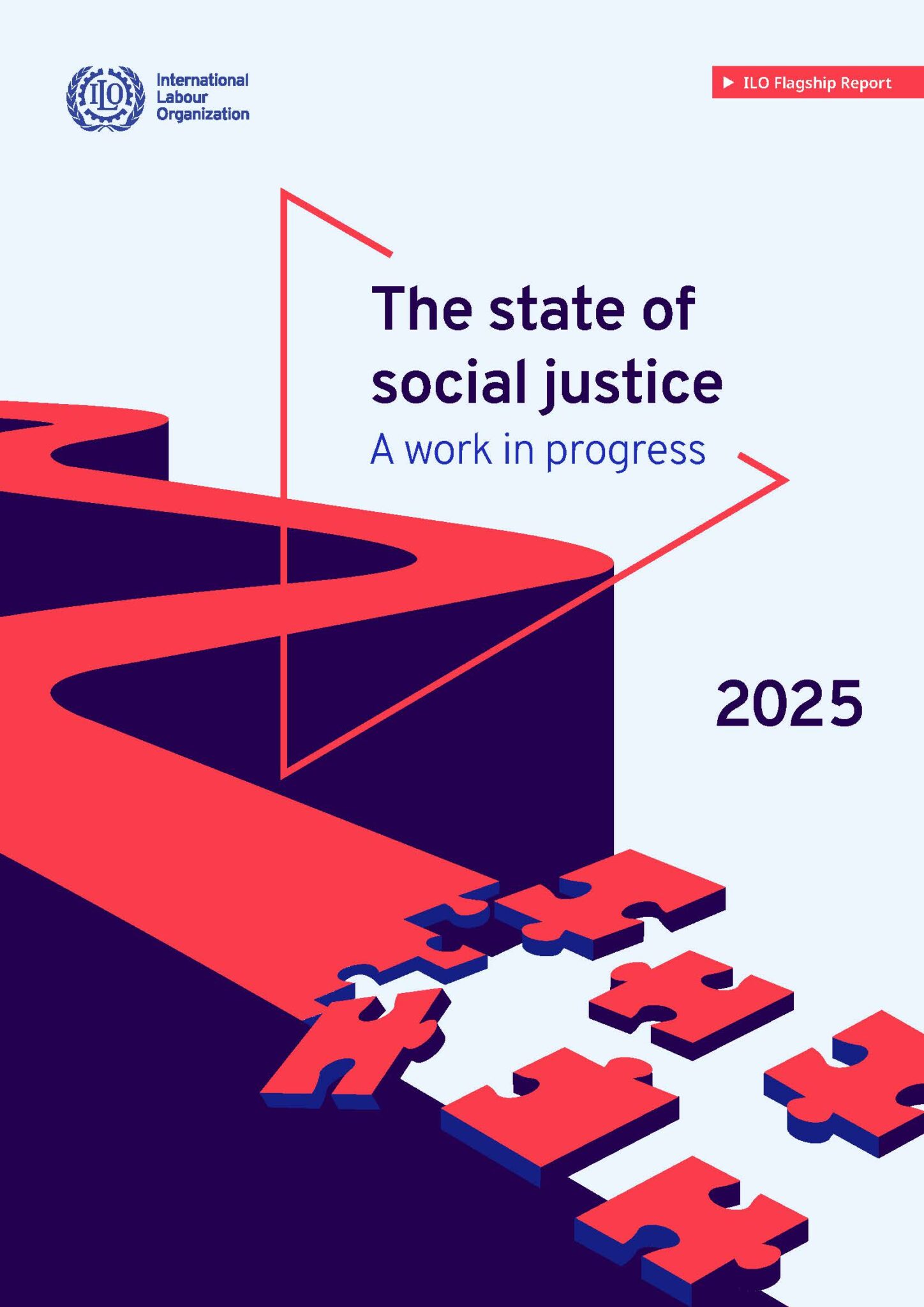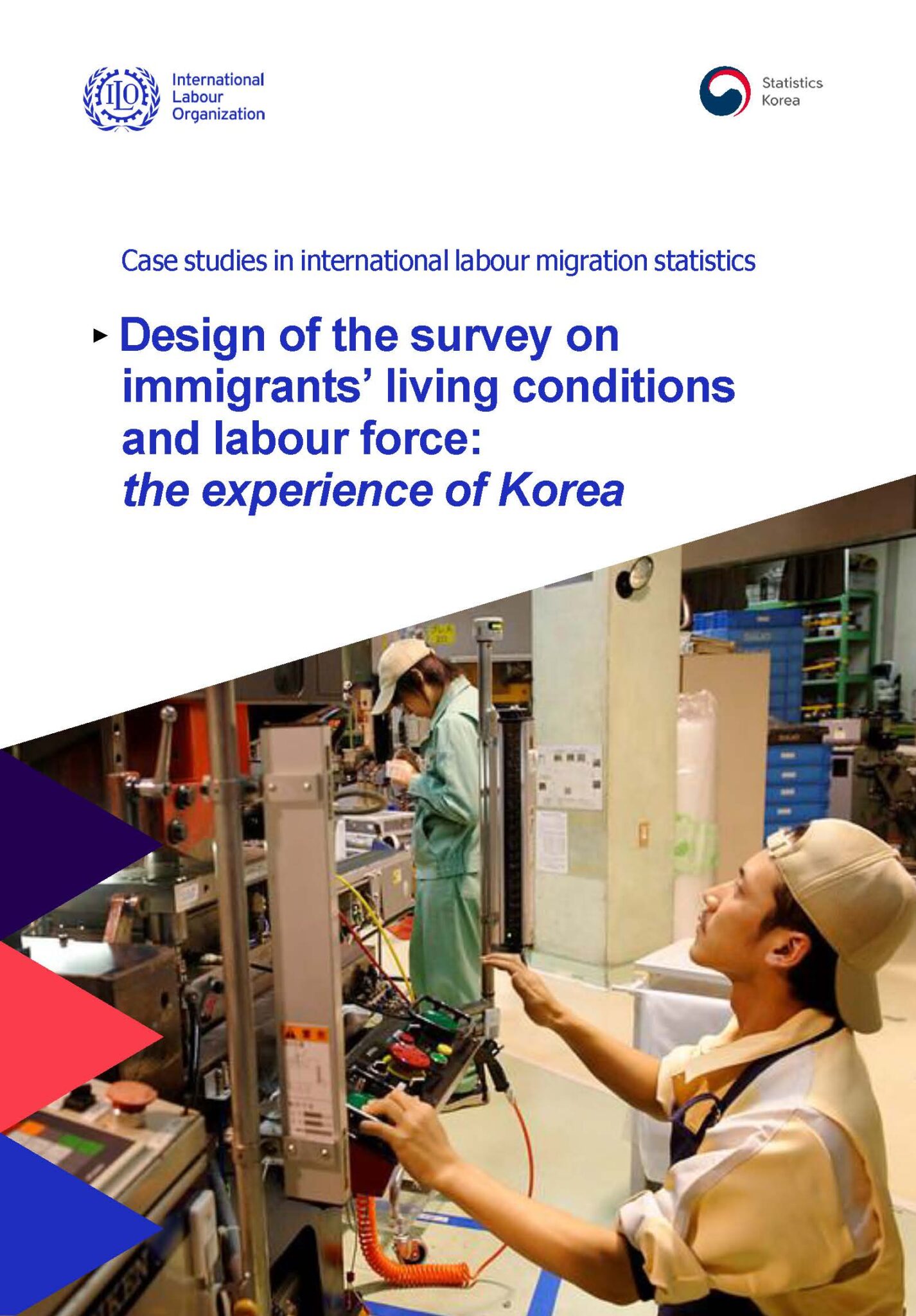
Those left behind: the forgotten in the fight against global poverty
On the International Day for the Eradication of Poverty, the ILO explores progress and gaps in addressing all forms of poverty for workers, their families and communities.
Those left behind: the forgotten in the fight against global poverty Read More »







